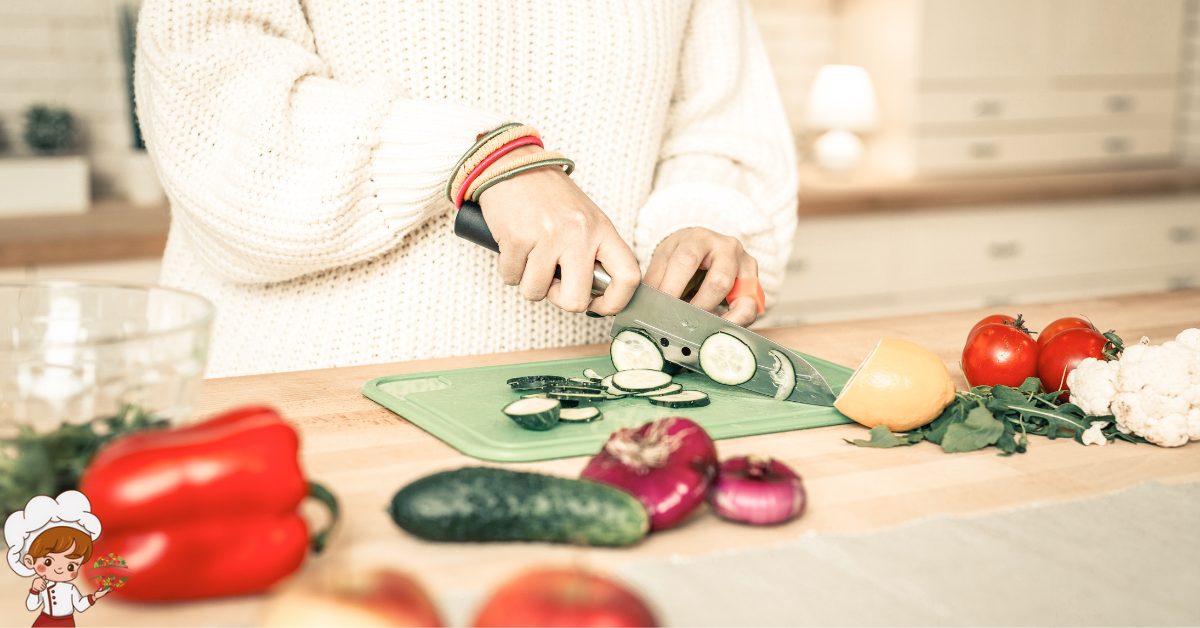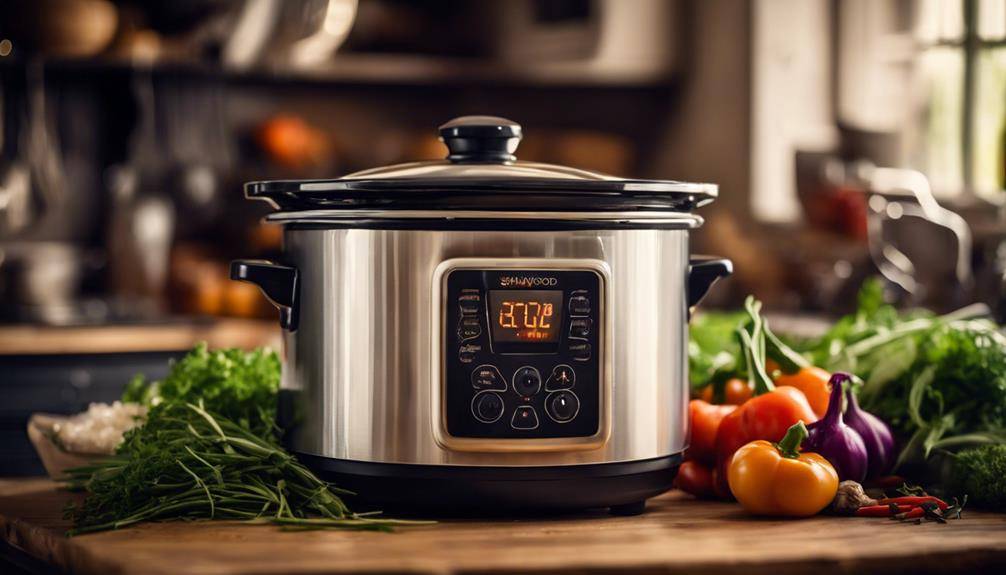Exciting Sweet and Smoky Story of Smoked Candied Pineapple

Smoky Story of Smoked Candied Pineapple; Smoked candied pineapple is one of those unique culinary delights that seamlessly marries contrasting flavors—smoky and sweet, tropical and rich. A product of both innovation and cultural fusion, this treat has become increasingly popular in backyard barbecue culture, gourmet kitchens, and food truck scenes. But where exactly did this tantalizing creation originate? And how did a tropical fruit, known for its sunny sweetness, become a smoky star of the grill? The story of smoked candied pineapple is a flavorful journey through time, geography, and imagination.
Pineapple’s Journey From Exotic Fruit to Culinary Staple
The story of smoked candied pineapple begins, naturally, with the pineapple itself. Native to South America, particularly the region around modern-day Paraguay and southern Brazil, pineapples were cultivated by the indigenous peoples long before European contact. These communities valued the fruit for its refreshing sweetness and hydrating properties, often eating it fresh or using it in fermented beverages.
Pineapples were introduced to Europe by Christopher Columbus in 1493 after he encountered them in the Caribbean. Quickly prized for their exotic appearance and sugary flavor, pineapples became a symbol of luxury and hospitality across Europe. In colonial America, displaying a pineapple at social gatherings was a sign of wealth and welcome.
The fruit’s cultivation soon spread to tropical colonies around the world, including the Philippines, Thailand, and Hawaii. It was in Hawaii, in fact, that the pineapple became truly commercialized, thanks to the efforts of James Dole in the early 20th century. Canned pineapple rings and chunks became global staples, making the tropical fruit accessible year-round and around the world.
The Art of Candying: Preserving With Sugar
To understand smoked candied pineapple, we must also explore the ancient practice of candying. Candying fruits—preserving them in sugar—has existed for thousands of years. The technique dates back to the Middle East and Asia, where traders and royalty alike would preserve fruits like citrus peels, dates, and figs for storage, travel, and gifting.
European bakers adopted candying techniques during the Renaissance. By the 16th and 17th centuries, candied fruits were often found in cakes, pastries, and decorative confections. When pineapples reached European and American kitchens, candying them became a way to extend their shelf life and enhance their already sweet flavor. The golden, sticky result of candied pineapple became a beloved topping for baked hams and upside-down cakes, especially in the United States during the 1950s and ’60s.
Smoking and Grilling: A Flame-Kissed Flavor Revolution
While pineapples were being candied in kitchens, another parallel tradition was developing in backyards and smokehouses: the art of smoking food. Smoking has long been used for preservation, but in many cultures, especially across the American South and Pacific Islands, it evolved into a prized method of flavor enhancement.
Barbecue culture—particularly that of the Carolinas, Texas, and Memphis—relied heavily on slow smoking to tenderize meats and infuse them with deep, earthy notes. Meanwhile, in Polynesian cultures, pit roasting and smoking fruit and meat together created a distinctive culinary experience. Whole pigs and pineapples were roasted side by side at luaus, allowing the fruits to soak up smoky flavor while caramelizing naturally.
Eventually, the growing movement of fusion cuisine and culinary experimentation led chefs and home cooks alike to begin combining techniques. If pineapple could be candied and also smoked—why not both?
Where Smoked Candied Pineapple Really Took Off
The modern version of smoked candied pineapple likely emerged from the American barbecue scene in the late 20th and early 21st centuries. As grilling and smoking became more about flavor than preservation, pitmasters began playing with unconventional ingredients. Grilled pineapple became a natural hit—brushed with brown sugar or honey and cooked over flame, it turned rich, golden, and slightly charred.
But smoked candied pineapple took things a step further. Instead of simply grilling it, cooks began slowly smoking pineapple slices or rings over wood chips—typically hickory, applewood, or mesquite—after coating them in a sugary glaze or spice rub. The result? A complex, chewy-sweet treat that offered a smoky depth balanced by pineapple’s natural acidity.
This dish became popular at BBQ competitions, food trucks, and among backyard enthusiasts looking to wow guests with something unexpected and irresistible. It quickly made its way into meat pairings, dessert platters, and even as a garnish for craft cocktails.
The Role of Social Media in Popularizing the Trend
In recent years, smoked candied pineapple has found a wider audience thanks to platforms like Instagram, TikTok, and YouTube. Food creators have elevated the treat’s profile by showcasing its sticky-sweet glaze, smoky aroma, and glowing caramelized edges under sizzling footage and upbeat soundtracks.
On Pinterest and food blogs, the phrase “smoked candied pineapple” has become a trend of its own, with dozens of variations emerging: jalapeño-candied pineapple, bourbon-glazed smoked pineapple rings, and even pineapple “bacon bombs.” What was once a niche BBQ treat is now a viral food hack featured at backyard parties, holiday dinners, and tiki bar menus.
Cultural Influences Behind the Flavor
Smoked candied pineapple may seem like a quirky modern invention, but it actually draws upon several cultural traditions that have long embraced the pairing of sweet and smoky elements. In Hawaiian cuisine, for example, the marriage of fruit and fire is a central theme. Pineapple, mango, or papaya are frequently paired with savory grilled meats or used in marinades.
In Mexican cuisine, grilled fruits like pineapple are used to enhance savory dishes such as tacos al pastor. The contrast of fire-roasted sweetness with earthy, spicy flavors is both refreshing and addictive.
These global influences show that smoked candied pineapple isn’t just a novelty—it’s a natural evolution of flavor traditions already beloved across cultures and generations.
Modern Variations and Pairings
Today, smoked candied pineapple is not just a side or snack—it’s a culinary chameleon. It can be served warm with smoked ribs, chopped and tossed over pulled pork tacos, or chilled and layered into desserts like trifles and parfaits. Some chefs add a touch of cayenne or chipotle to the sugar glaze for a sweet-heat effect, while others infuse the pineapple with rum or bourbon before smoking.
Bartenders have even embraced smoked candied pineapple as a cocktail garnish. Imagine a smoky pineapple ring perched on the rim of a mai tai or muddled into a rum old fashioned. The possibilities are endless—and delicious.

🍍 Smoked Candied Pineapple Recipe
Ingredients
- 1 fresh ripe pineapple (or one large can of pineapple rings, drained)
- ½ cup brown sugar light or dark
- 2 tablespoons honey or maple syrup
- 1 teaspoon ground cinnamon
- ¼ teaspoon ground ginger optional, for a warm kick
- 1 pinch of cayenne pepper optional, for heat
- 1 tablespoon melted butter
- Wood chips for smoking applewood, cherry, or pecan recommended
Instructions
- Prep the Pineapple
- If using fresh pineapple, slice off the top and bottom, remove the skin, and core the fruit. Slice into ½-inch thick rings or chunks.
- Pat the pineapple dry with paper towels to remove excess moisture.
- Make the Glaze
- In a small bowl, mix brown sugar, honey or maple syrup, cinnamon, melted butter, and optional spices (ginger or cayenne) until it forms a thick glaze.
- Coat the Pineapple
- Brush each pineapple ring generously on both sides with the glaze. If you’re using chunks, toss them gently in a bowl with the glaze to coat evenly.
- Preheat Your Smoker
- Heat your smoker to 225°F (107°C) and add fruit-friendly wood chips like apple or cherry. Let the smoke build before placing the fruit.
- Smoke the Pineapple
- Place the glazed pineapple slices directly on the smoker grate or use a grill-safe pan lined with foil.
- Smoke for 2 to 2.5 hours, brushing with extra glaze halfway through.
- You’re looking for a deep caramelized color and slight charring on the edges.
- Cool Slightly and Serve
- Remove from smoker and let rest 5–10 minutes. Serve warm or at room temp.
Frequently Asked Questions: Smoky Story of Smoked Candied Pineapple
What is smoked candied pineapple?
Smoked candied pineapple is pineapple that has been glazed with sugar or syrup and slowly smoked over wood chips to create a sweet, caramelized, and smoky treat. It’s often used in BBQ spreads, cocktails, desserts, or as a unique snack.
Is smoked candied pineapple the same as grilled pineapple?
No. Grilled pineapple is typically cooked quickly over direct heat and may or may not include a sugary glaze. Smoked candied pineapple, on the other hand, is cooked low and slow with smoke, allowing it to caramelize deeply while absorbing smoky flavor.
What kind of wood is best for smoking pineapple?
Fruit woods like applewood or cherry are often preferred, as they complement the pineapple’s sweetness without overpowering it. However, hickory and pecan can add a bolder smoke flavor if desired.
Can you make smoked candied pineapple ahead of time?
Yes! In fact, the flavors often deepen after resting. You can store smoked candied pineapple in an airtight container in the fridge for several days, and reheat gently if needed or enjoy it cold.
Is it difficult to make smoked candied pineapple?
Not at all. With a smoker (or even a grill setup for indirect heat), it’s fairly simple. All you need is pineapple, a glaze (usually brown sugar-based), and a few hours of patience for low-temperature smoking.
What dishes pair well with smoked candied pineapple?
It’s great alongside smoked meats like ribs or brisket, in tacos, over grilled fish, as a topping on cheesecakes or pound cake, or even served with ice cream. The balance of sweet and smoky makes it incredibly versatile.
A Treat Born of Tradition and Creativity
Smoked candied pineapple is more than a trendy snack—it’s a celebration of heritage, innovation, and culinary curiosity. From its roots in South American jungles to the smoky pits of American barbecues, pineapple has undergone a sweet transformation that delights the senses and surprises the palate.
Its appeal lies in its balance: the natural brightness of pineapple mellowed by fire, intensified with sugar, and deepened by wood smoke. It tells a story of cultural blending, backyard experimentation, and a universal love of bold flavor.
As food lovers continue to push creative boundaries, smoked candied pineapple stands as a perfect example of what happens when global traditions meet modern imagination. Whether served at a summer luau, smoked into a Southern BBQ platter, or garnishing a rooftop cocktail, it’s a fruit that has found new life in the smoke.
So next time you fire up the smoker, consider tossing in a few pineapple rings. You just might discover your new favorite flavor bomb.








